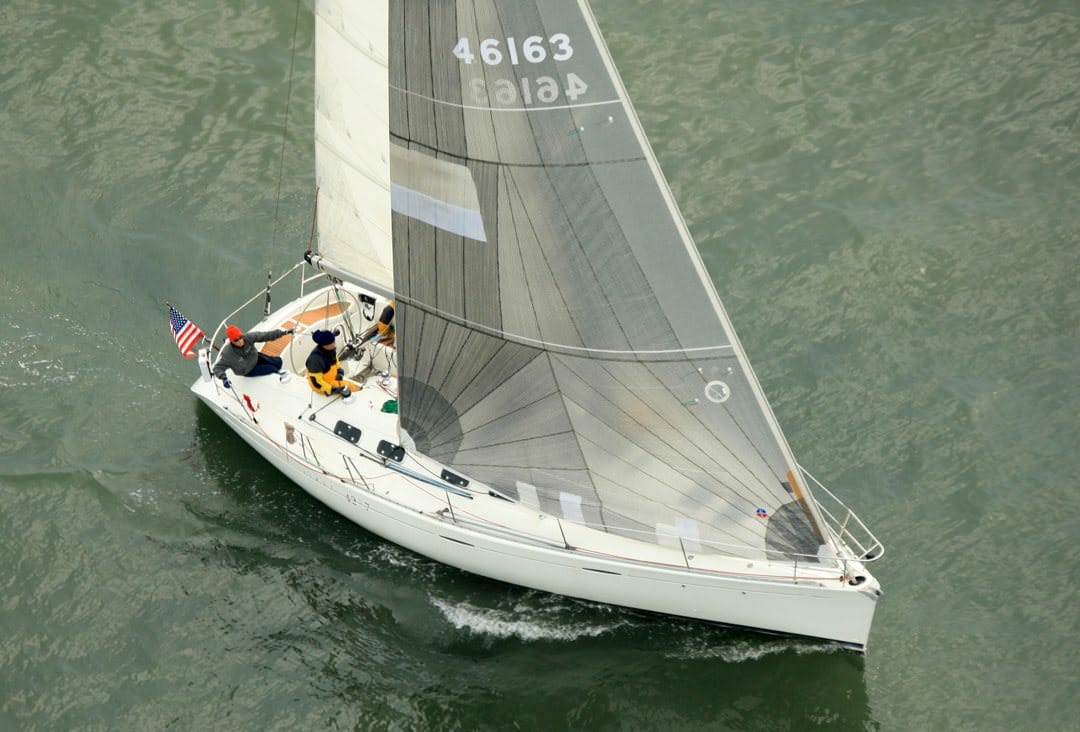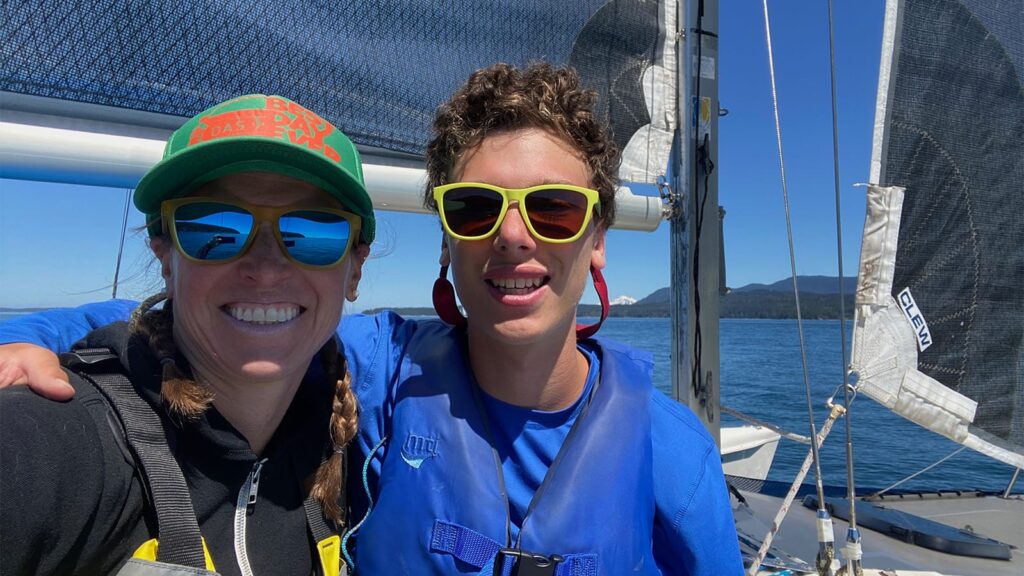Once you get through the ASA 101 course and are beginning to experience sailing in a more second nature sort of way, you may want to challenge yourself to a sailboat race. Racing is a great way to accelerate the learning curve. It mandates all of the lessons into a short amount of time, with the power of consequence as a motivating factor. On a normal round the buoy race sailors are forced to make sail changes, tack, assess the conditions and maximize performance every step of the way. Some don’t care for the pressure it can bring about, but a few sailboat races is great for learning the ropes quickly. Here are eight tips for the first time sailboat racer that will make the challenge a bit more manageable and a little less daunting:
- Choose the right race
Ask around and pick a race that’s not ultra competitive. There are always races that are more mellow than others. Choose one that is centered around fun, maybe a benefit regatta or a barbecue race. Allow some time to get ready and view it as a learning goal. Ask a racer along for the ride.
- Ask a racer along for the ride
Find an experienced racing friend to crew and be your safety net. Nothing will take the edge off more than having a patient pal along with you to whisper in your ear as you make your way around the course. Lean on him or her as you need, but try to manage as if they were actually just crew.
- Enter non-spin class.
Even if your boat has a nice spinnaker and you’ve used it a bunch of times, do the first race without that complication. Depending on what kind of boat you’re sailing you might not have a choice, but if you do, go spinnaker-less for the first couple of times out to get the rules figured out.
- Learn the fundamental rules
Sailboat racing is fortunately one of those sports where you don’t have to learn every rule in order to participate, but you do have to know the basics. Check out Peter Isler’s Sailing for Dummies or Getting Started in Sailboat Racing to get up to speed on the absolute must-know rules. Once you have those pretty clear you can get out there and get some on-the-job-training without hurting anyone or spoiling anyone else’s day.

- Read the NORs
Make sure you grab the Notice of Race on the website of the hosting club and read it thoroughly. This precious document will tell you lots of important information for game day. It will discuss the course(s), order of starts, communication channel and lots more. Looking at them prior to the race and having a solid understanding of what’s going on is extremely important. Go to the skipper’s meeting.
- Go to the skipper’s meeting
Lots of experienced racers might skip the skipper’s meeting for races they’ve done before, but as a newbie, definitely schedule that into the plan. There you can solidify your understanding of the NORs and ask any questions you might have.
- Blow the start
If you’ve done everything according to plan up until this point you may feel like you could actually win this thing! That may be so, but don’t push too hard at the start. This is the one place that gets reliably intense – boats are very close to each other and a firm understanding of the rules is on full display. In time you’ll find this is one of the most exciting parts of racing, but in the beginning, watch and learn.
- Follow the leader
Once you’re off the start line and there isn’t any fiberglass dangling from your boat, just watch what others are doing and emulate. If you like racing, there will be plenty of time for waxing the fleet, but today just be a copycat. Watch what better sailors do and attempt to understand why they are making these choices. There is arguably no better way to learn than immersion and imitation.
After the last race, the most important lesson of all is revealed – that beer tastes better after a day of racing. It’s a scientific fact – Einstein proved it, but it was never published… Enjoy!









